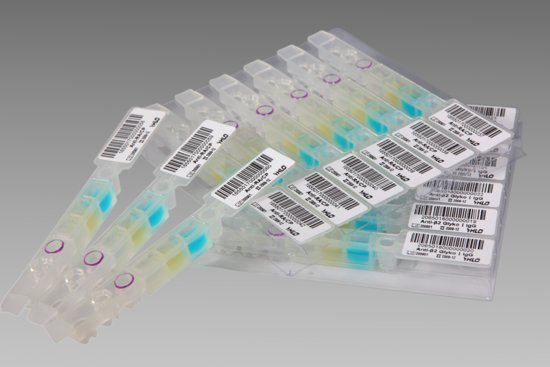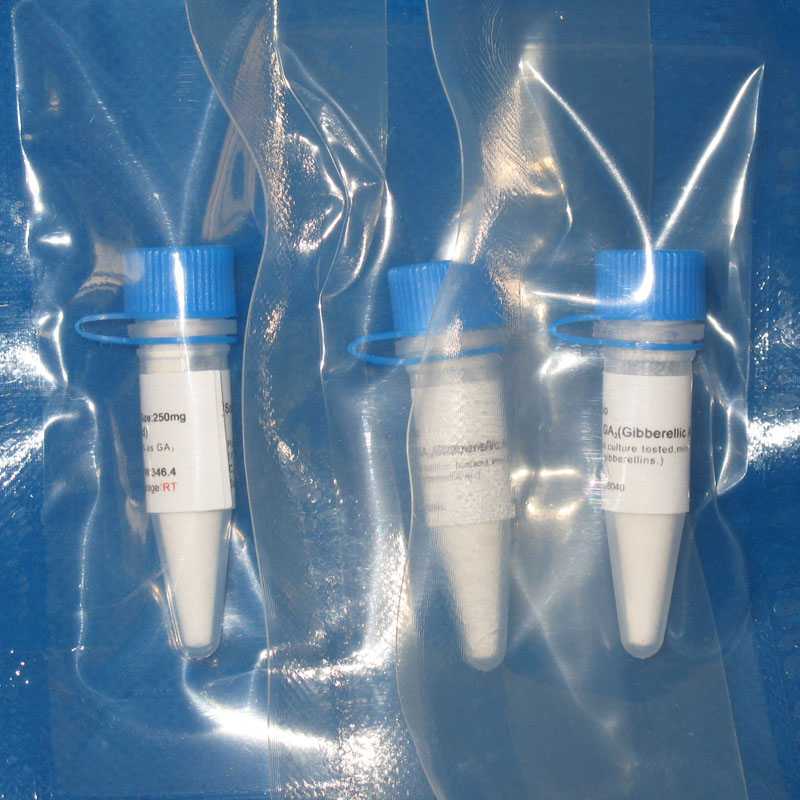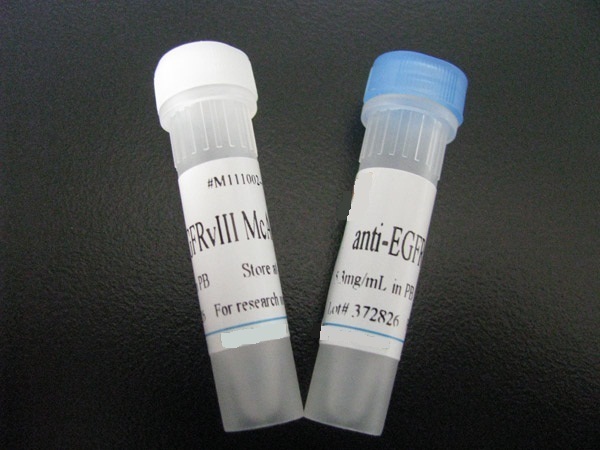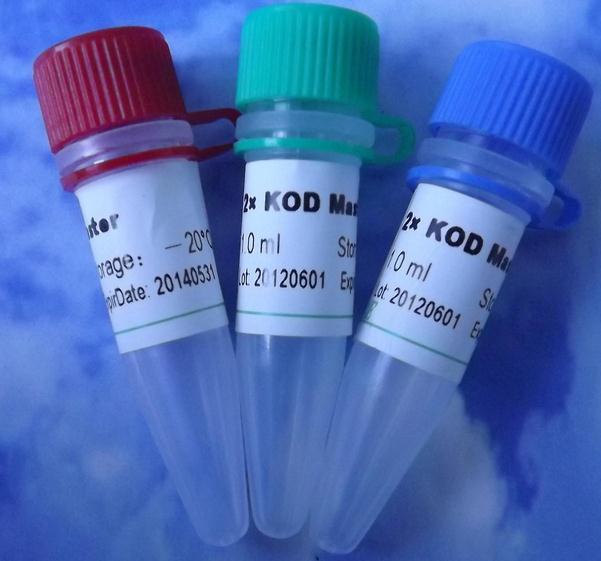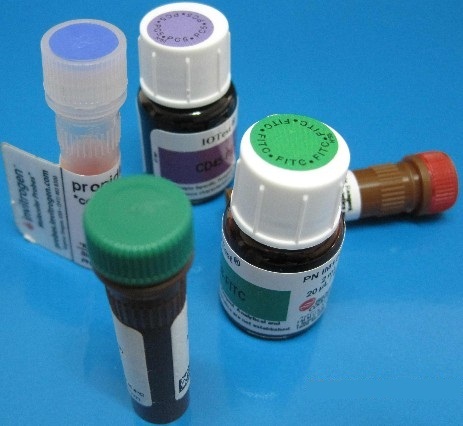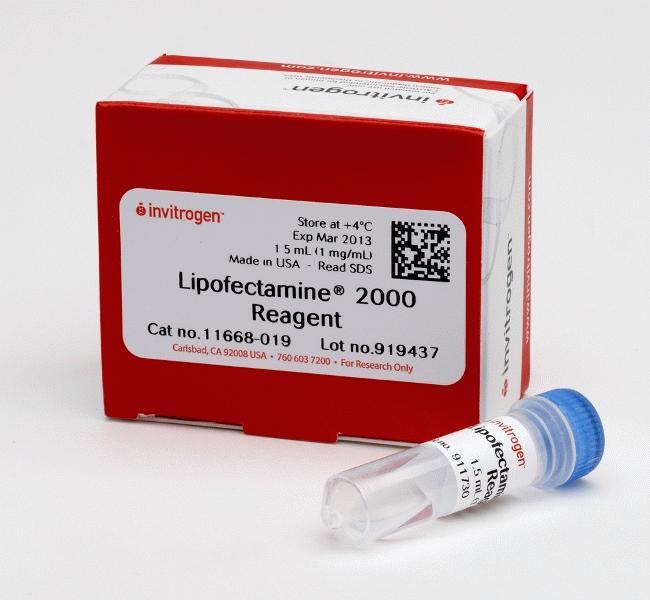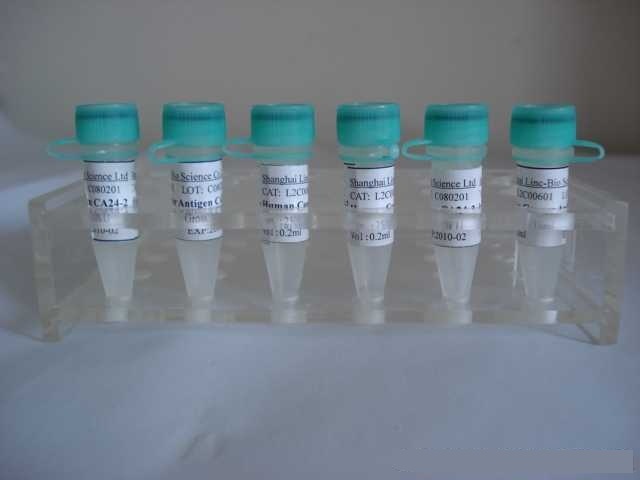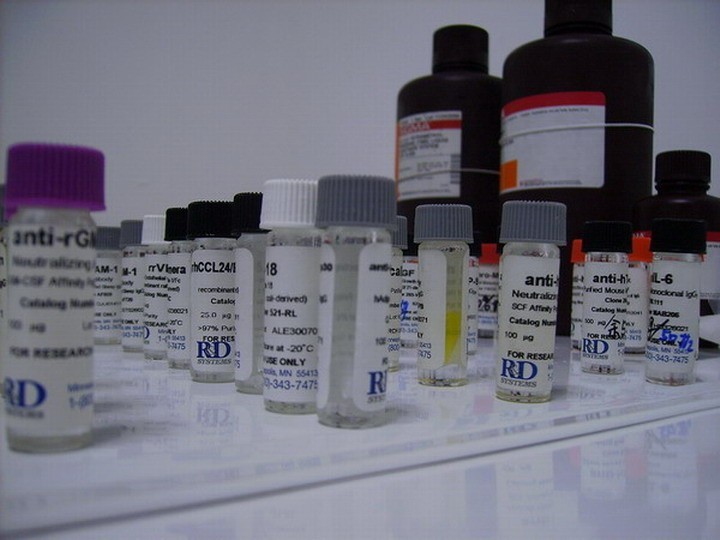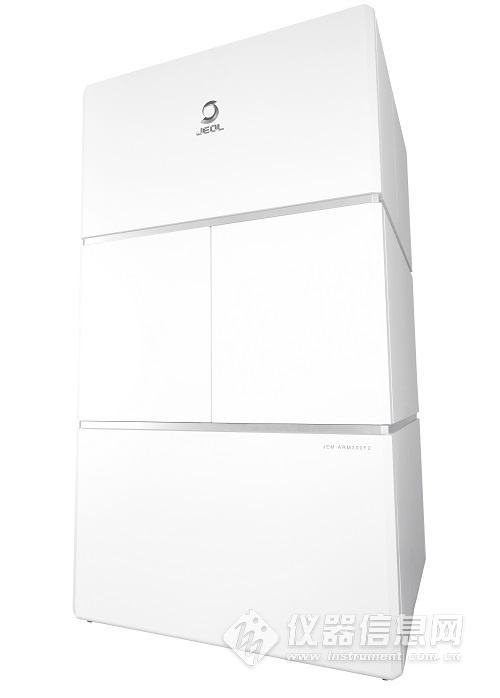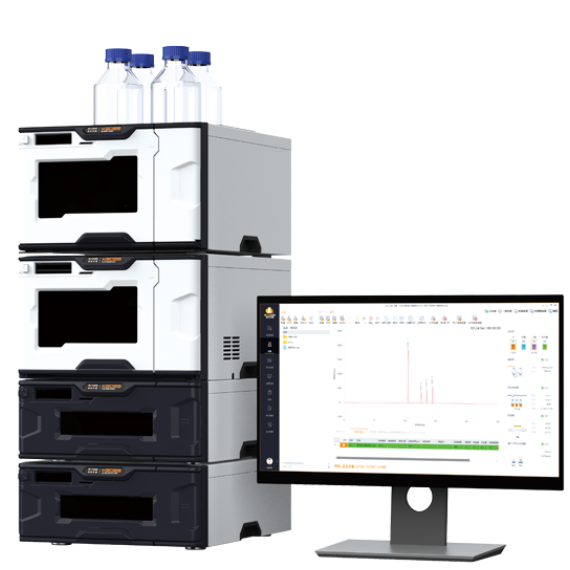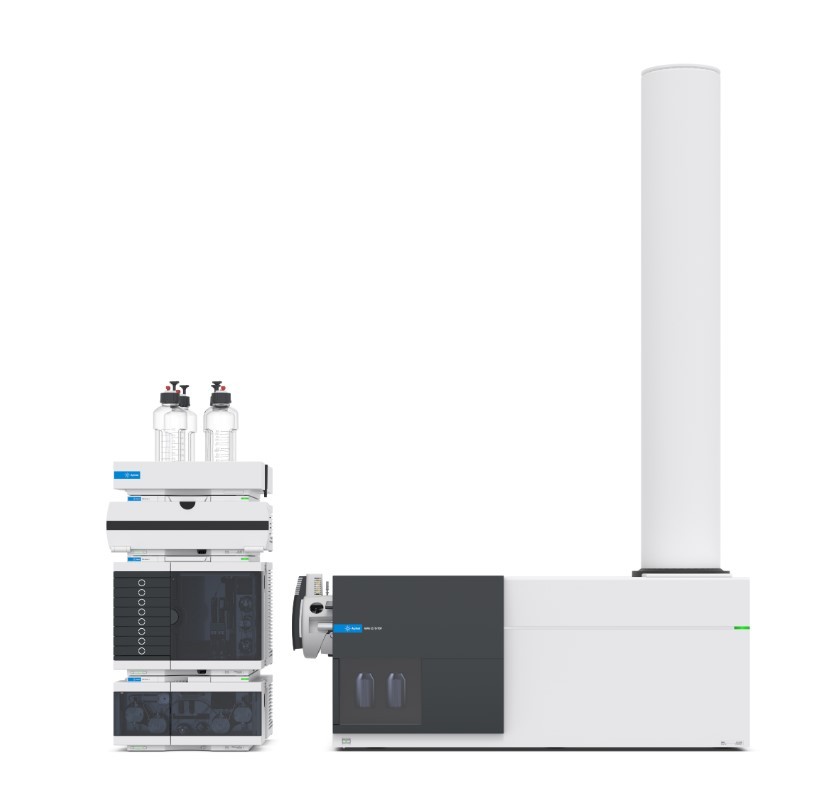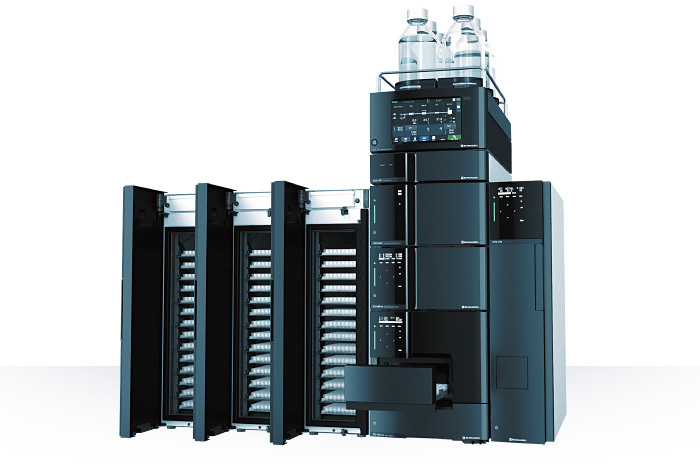英文名称 Anti-ADAM15
中文名称 去整合素样金属蛋白酶15抗体
别 名 A disintegrin and metalloproteinase domain 15; ADA15_HUMAN; ADAM 15; ADAM metallopeptidase domain 15; Adam15; and cysteine-rich protein 15; Disintegrin and metalloproteinase domain-containing protein 15; disintegrin-like; EC 3.4.24.; MDC 15; MDC-15; MDC15; Metalloprotease RGD disintegrin protein; Metalloproteinase like disintegrin like and cysteine rich protein 15; Metalloproteinase-like; Metargidin.
浓 度 1mg/1ml
规 格 0.1ml/100μg 0.2ml/200μg
抗体来源 Rabbit
克隆类型 polyclonal
去整合素样金属蛋白酶15抗体交叉反应 Human
产品类型 一抗
研究领域 肿瘤 细胞生物 免疫学 信号转导 细胞粘附分子 细胞骨架 细胞外基质 泛素
蛋白分子量 predicted molecular weight: 70kDa
性 状 Lyophilized or Liquid
免 疫 原 KLH conjugated synthetic peptide derived from human ADAM15
亚 型 IgG
纯化方法 affinity purified by Protein A
储 存 液 0.01M PBS, pH 7.4 with 10 mg/ml BSA and 0.1% Sodium azide
产品应用 WB=1:100-500 ELISA=1:500-1000 IP=1:20-100 IHC-P=1:100-500 IHC-F=1:100-500 Flow-Cyt=1:100-500 IF=1:100-500
(石蜡切片需做抗原修复)
not yet tested in other applications.
optimal dilutions/concentrations should be determined by the end user.
保存条件 Store at -20 °C for one year. Avoid repeated freeze/thaw cycles. The lyophilized antibody is stable at room temperature for at least one month and for greater than a year when kept at -20°C. When reconstituted in sterile pH 7.4 0.01M PBS or diluent of antibody the antibody is stable for at least two weeks at 2-4 °C.
Important Note This product as supplied is intended for research use only, not for use in human, therapeutic or diagnostic applications.
去整合素样金属蛋白酶15抗体产品介绍 ADAM15 is a member of the ADAM (a disintegrin and metalloproteinase) protein family. ADAM family members are type I transmembrane glycoproteins known to be involved in cell adhesion and proteolytic ectodomain processing of cytokines and adhesion molecules. This protein contains multiple functional domains including a zinc-binding metalloprotease domain, a disintegrin-like domain, as well as a EGF-like domain. Through its disintegrin-like domain, this protein specifically interacts with the integrin beta chain, beta 3. It also interacts with Src family protein-tyrosine kinases in a phosphorylation-dependent manner, suggesting that this protein may function in cell-cell adhesion as well as in cellular signaling. Multiple alternatively spliced transcript variants encoding distinct isoforms have been observed.
Function : Active metalloproteinase with gelatinolytic and collagenolytic activity. Plays a role in the wound healing process. Mediates both heterotypic intraepithelial cell/T-cell interactions and homotypic T-cell aggregation. Inhibits beta-1 integrin-mediated cell adhesion and migration of airway smooth muscle cells. Suppresses cell motility on or towards fibronectin possibly by driving alpha-v/beta-1 integrin (ITAGV-ITGB1) cell surface expression via ERK1/2 inactivation. Cleaves E-cadherin in response to growth factor deprivation. Plays a role in glomerular cell migration. Plays a role in pathological neovascularization. May play a role in cartilage remodeling. May be proteolytically processed, during sperm epididymal maturation and the acrosome reaction. May play a role in sperm-egg binding through its disintegrin domain.
Subunit : Interacts with ITAGV-ITGB3 (vitronectin receptor). Interacts with SH3GL2 and SNX9; this interaction occurs preferentially with ADAM15 precursor, rather than the processed form, suggesting it occurs in a secretory pathway compartment prior to the medial Golgi. Interacts with ITAG9-ITGB1 (By similarity). Interacts specifically with Src family protein-tyrosine kinases (PTKs). Interacts with SH3PXD2A. Interacts with ITAGV-ITGB1. Interacts with GRB2, HCK, ITSN1, ITSN2, LYN, MAPK1, MAPK3, NCF1, NCK1, nephrocystin, PTK6, SNX33, LCK and SRC.
Subcellular Location : Endomembrane system; Single-pass type I membrane protein. Cell junction, adherens junction. Cell projection, cilium, flagellum (By similarity). Cytoplasmic vesicle, secretory vesicle, acrosome (By similarity). Note=The majority of the protein is localized in a perinuclear compartment which may correspond to the trans-Golgi network or the late endosome. The pro-protein is the major detectable form on the cell surface, whereas the majority of the protein in the cell is processed (By similarity).
Tissue Specificity : Expressed in colon and small intestine. Expressed in airway smooth muscle and glomerular mesangial cells (at protein level). Ubiquitously expressed. Overexpressed in atherosclerotic lesions. Constitutively expressed in cultured endothelium and smooth muscle. Expressed in chondrocytes. Expressed in airway smooth muscle and glomerular mesangial cells.
Post-translational modifications : The precursor is cleaved by a furin endopeptidase (By similarity).
Phosphorylation increases association with PTKs.
Similarity : Contains 1 disintegrin domain.
Contains 1 EGF-like domain.
Contains 1 peptidase M12B domain.
Database links : UniProtKB/Swiss-Prot: Q13444.4
![]()



